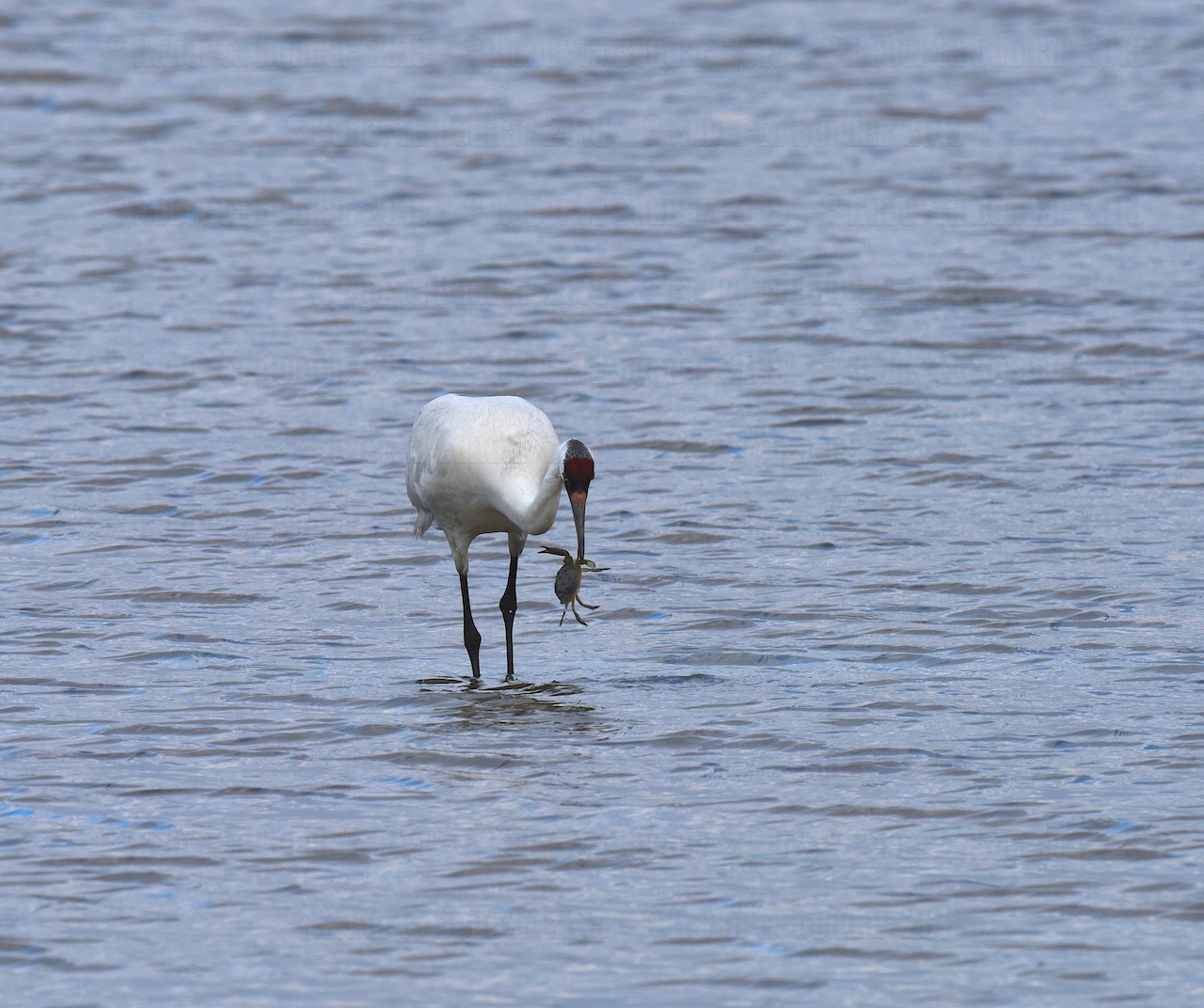Wetlands – Coastal: Migratory Bird Lifeline
WHAT?
Along the coast of continents such as North America between the salty oceans and the interior, there are different types of land features with water and salt in varying amounts. These coastal wetlands are thriving with life and include salt marshes, hardwood swamps, freshwater marshes and mangrove swamps. Some wetlands are affected by tides, and others known as non-tidal wetlands are not. Coastal wetlands are important to life on Earth as they provide protection from flooding and prevent erosion (the movement of soil and rock). Wetlands also improve the quality of water by removing sediments (solid material that settles to the bottom of a liquid such as water) and toxins (poisonous substances made by certain plants, animals and bacteria). With their fast growth and slow decomposition (breakdown), plants in these wetland areas can hold onto a large amount of carbon, keeping it out of the atmosphere where it would become carbon dioxide.
The Whooping Crane is an endangered species that depends on coastal wetland habitats for food and shelter during its over-wintering stay in the southern United States.



Other migratory birds stop to rest and refuel along many coastal waterways during their southerly migration in the fall, and their northerly migration in the spring.

DID YOU KNOW?
Waves can be caused by natural forces such as storms or by human activities that include commercial shipping and recreational boating. The force of a wave can damage the shore that it strikes as well as the environment within the surrounding water. This will disrupt the ability of plants, animals and microbes to survive where they have thrived on land or in the water. Tides can make this damage even worse if the water level is at high tide (its maximum height) when the wave action hits.
Waves of water pushing in from outside of the wetlands will change the salt content inside the wetlands, even at a distance away. The waves will produce new openings in the shoreline for water to flow into and out of the wetlands. This will allow some life to find its way out of the wetlands, reducing the food sources for those left behind such as the Whooping Crane.

BENEFITS OF SPACE:
As hurricanes cross warm waters, they pick up moisture and can become very large, dangerous storms that reshape coastlines. From space we can see the storms from the top and the effects of storm damage across a large area. Photographs from the International Space Station show us what the storms look like while data from weather satellites provide the speed of winds and heights of clouds over the course of a storm’s life from its beginnings as a tropical depression to a full blown hurricane. We then can review the life history of storms to better prepare us for protecting ourselves and other life from the damaging effects of bad weather.

FUN FACT!
The favourite food of the endangered Whooping Crane during its stay over the winter along the coast of the Gulf of Mexico in Texas is the Blue Crab.The Whooping Crane’s strong beak can pluck these delicacies from the muddy bottom of the coastal wetlands.

Dr. Roberta Bondar produced the original version of this Wetlands article to support the Canadian Space Agency’s Exploring Earth: Map of our planet project. Explore!